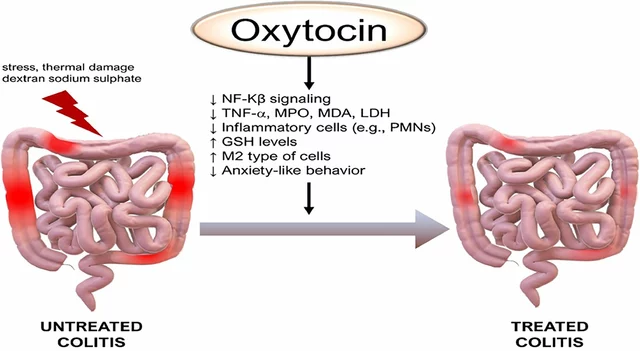Cardiovascular Risk: Know Your Heart’s Threats and How to Cut Them
Heart disease is the leading cause of death worldwide, but most of the risk comes from things you can see and change. Understanding your personal cardiovascular risk is the first step to keeping your heart pumping strong for years.
Top Risk Factors You Can Check Today
Age, gender, and family history set the baseline, but lifestyle choices add the biggest spikes. High blood pressure, elevated cholesterol, and uncontrolled diabetes are the three big culprits. If you’ve been diagnosed with any of these, your risk is already higher than average.
Smoking and excess alcohol do the same thing – they damage blood vessels and raise blood pressure. Even if you think a few drinks or a light smoke are harmless, research shows they push your risk score up noticeably.
Weight matters, too. Carrying extra pounds, especially around the belly, forces the heart to work harder and can lead to insulin resistance, which fuels more cholesterol build‑up.
Everyday Actions to Lower Your Risk
Start with the diet: swap processed foods for whole grains, fruits, veggies, and lean protein. Foods rich in omega‑3 fatty acids, like salmon or walnuts, help keep arteries flexible.
Move more. You don’t need a marathon; 30 minutes of brisk walking, cycling, or swimming most days lowers blood pressure and improves cholesterol. Even short bursts of activity during the day add up.
Get your numbers checked regularly. A simple blood pressure cuff or a cholesterol test at a pharmacy can tell you if you’re on the right track. If anything looks off, talk to your doctor about medication options such as nitrate drugs or statins – they can be lifesavers when used correctly.
Quit smoking and cut back on alcohol. Many online resources and support groups make it easier than ever to break the habit. Your body will thank you within weeks, with lower inflammation and better lung capacity.
Finally, manage stress. Chronic stress raises cortisol, which can raise blood pressure and mess with cholesterol. Try breathing exercises, short walks, or a hobby you enjoy to keep stress in check.
By keeping an eye on these risk factors and making small, steady changes, you can dramatically lower your cardiovascular risk. It’s not about a perfect lifestyle; it’s about consistent, realistic steps that add up to a healthier heart.

Ticagrelor and Diabetes: Risks, Benefits, and Evidence You Can Use
Worried how ticagrelor fits with diabetes? Clear, evidence-based guide on benefits, bleeding risk, dosing, and real-world decisions for safer heart care.
View More




